Physical therapy equipment is used to promote recovery, improve mobility, and maintain overall health. While attending one or multiple physical therapy sessions a week is helpful, it may not be enough to help you reach your goals. Therefore, it’s important to have your own physical therapy tools that you can use at home.
Finding the proper physical therapy equipment can be challenging and time-consuming. To help you find the right equipment for your needs, we’ve gathered some of the most popular physical therapy tools in this article.
Before digging into the list of physical therapy tools, let’s discuss the benefits and tips for choosing the right equipment for you.
Benefits of Physical Therapy Equipment
Some of the most prominent benefits of investing in your own physical therapy tools is the ability to take charge of your recovery. Whether you struggle with injury-related pain or a neurological injury, physical therapy is an essential part of rehabilitation.
However, it can be difficult for individuals to engage in physical therapy when insurance doesn’t cover frequent sessions. Other factors can also interfere with outpatient physical therapy, such as lack of transportation.
Fortunately, with the proper physical therapy tools and guidance from your therapist, individuals are able to practice at home as much as they want.
When searching for at-home equipment, try to find physical therapy tools that are both engaging and motivating. Consistent practice is key to recovery, so it helps to search for equipment that you can see yourself using daily.
Most Popular Physical Therapy Tools
Your therapist is an essential resource for guidance on which exercises and physical therapy tools are right for you. They may suggest searching for tools similar to what you use in the clinic.
To help supplement your therapist’s advice, you can browse through this roundup of the most helpful physical therapy equipment that you can use at home. We’ll start with the most popular items and then dig into neurological- and strength-specific tools later down the list.
Here are some of the most popular physical therapy tools:
1. Exercise Balls
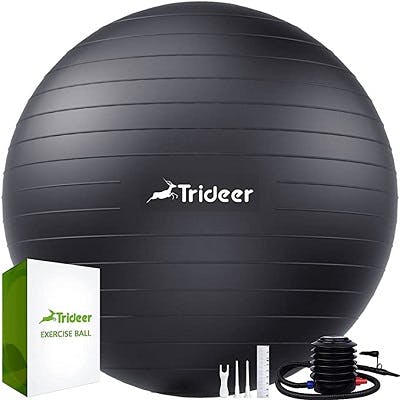
Exercise balls are amongst the most popular physical therapy tools and provide many benefits. They are great for stretching, strengthening muscles, improving posture, and preventing back pain. Exercise balls are multi-functional because they can be used for a variety of challenging exercises that you can do at the clinic with your therapist or at home on your own.
Shop exercise balls on Amazon »
2. Balance Pads
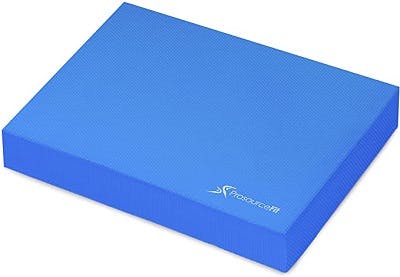
Balance pads help improve balance using a variety of strength exercises and dynamic stability. A balance pad forces you to engage more muscles in your body to stabilize yourself as the surface responds to your movement. When using at home, stay safe by placing it in an area where you can easily grab onto something to steady yourself.
3. Exercise Sliders
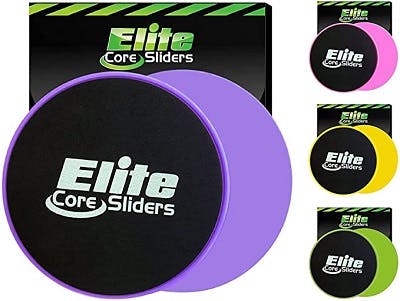
Exercise sliders are an underrated gliding physical therapy tool. If you’ve been using towels for certain exercises you may want to upgrade to exercise sliders. They’re an affordable option and incredibly versatile during a workout. Exercise sliders allow you to work on stability and strengthen your core.
Shop exercise sliders on Amazon »
4. Resistance Bands
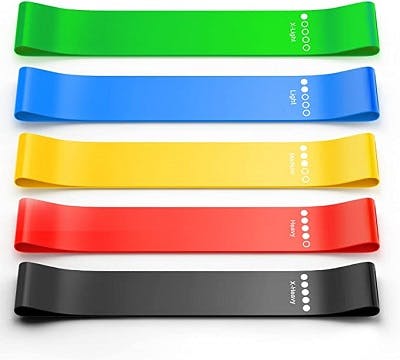
Outside of your physical therapy clinic, resistance bands are another inexpensive and effective physical therapy tool. They provide many benefits whether you’re looking for a challenge, need to stretch, or are doing a full workout.
Even a set of lightweight resistance bands can provide added challenge to an exercise. With resistance bands you can also target specific muscles, like the rotator cuff, which are usually more difficult. Again, be careful to practice exercises that your PT deems safe, because the rotator cuff is vulnerable to further injury if put under too much stress.
Shop resistance bands on Amazon »
5. Foam Rollers
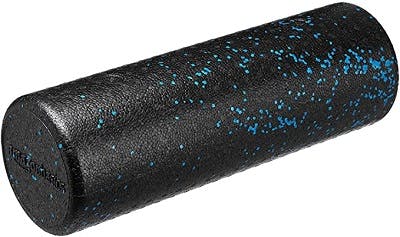
Foam rollers can often help reduce muscle pain and increase range of motion. Foam rollers come in a wide range of shapes and sizes at an affordable price. They are simple but effective physical therapy tools that are particularly great for individuals with lower back pain.
6. Stretching Straps
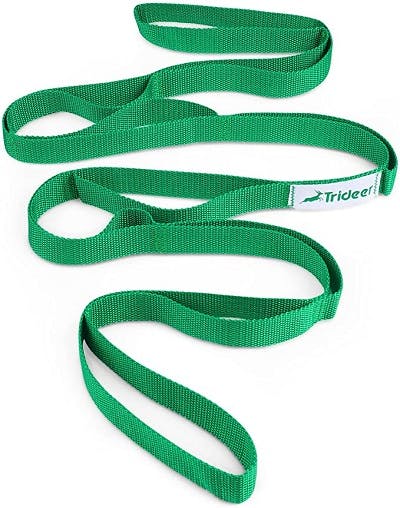
Stretching straps are great for stretching your muscles but also for challenging your flexibility and reducing muscle tension. They are inexpensive and effective. In fact, many athletes rely heavily on these straps to mimic partner-assisted stretching.
Stretching straps also provide many benefits including: controlled movement of your limbs, better posture, and deeper stretches with the help of the additional length (even if you have minimal flexibility).
Shop stretching straps on Amazon »
7. Total Resistance Exercise (TXR) System
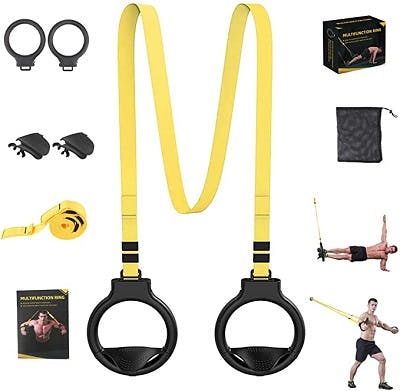
Another versatile piece of equipment is the TRX, an all body weight training system. It’s among the most popular physical therapy tools because it’s safe for all stages of rehabilitation (when used correctly), appropriate for individuals of all age groups, portable, and relatively simple. The TRX allows you to practice exercise movements to your ability level. TRX is also great for core workouts and targeting shoulder and/or knee pain.
Neurological Physical Therapy Tools for Home Use
Individuals who endured a traumatic brain injury, stroke, or other neurological condition may experience difficulty with motor functions such as balance, movement, and coordination. Fortunately, many can improve mobility through physical therapy exercises.
The goal of physical therapy after neurological injury is to retrain movement patterns and restore function by activating neuroplasticity. Neuroplasticity is the brain’s ability to rewire itself; and it’s activated by high repetition.
The more a specific physical therapy exercise is practiced, the more neuroplasticity is activated and movement restored.
8. Therapy Putty
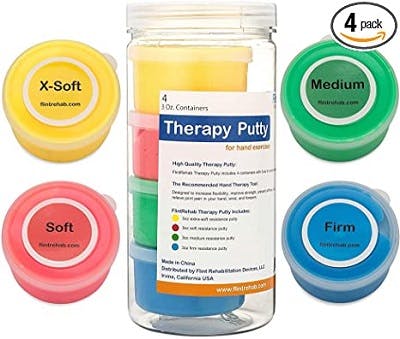
Therapy putty is designed to help individuals improve hand strength and regain mobility. It can also help restore dexterity in your hand with a simple, affordable accessory. Engaging in therapy putty exercises daily help stimulate the brain and activate neuroplasticity. Thus, the more you exercise your hand, the more the brain recognizes its demand for that function.
However, it can be hard to stick to a daily routine with a simple tool. If you want an extra dose of motivation, it helps to explore interactive neurorehabilitation devices.
Shop therapy putty on Amazon »
9. FitMi
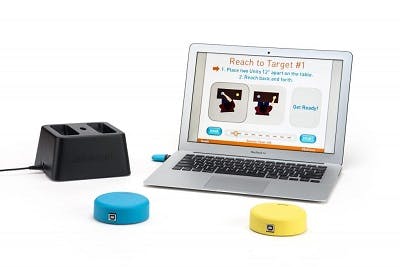
FitMi is an interactive neurorehabilitation device designed to help you improve mobility from the comfort of home. It guides you through full-body rehabilitation exercises specific to the areas you want to target, based on your ability level.
FitMi motivates you to accomplish high repetition exercises to help stimulate the brain, and it unlocks harder exercises as you improve. Best of all, it’s interactive and tracks your progress to help you stick with your at-home physical therapy routine.
10. MusicGlove
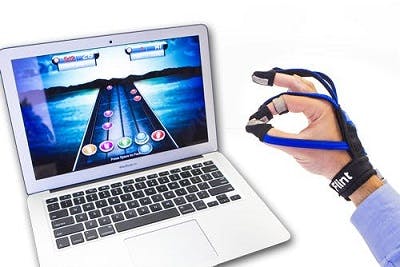
Another popular at-home physical therapy device is MusicGlove. This music-based hand therapy device has been clinically proven to help individuals improve hand function within 2 weeks.
MusicGlove motivates individuals by using a fun, interactive musical game in sync with hand therapy movements. Often, individuals may forget they are doing physical therapy because they become immersed in the experience. Staying engaged and motivated helps individuals accomplish high repetition, which helps activate neuroplasticity and improve hand function.
Shop MusicGlove from Flint Rehab »
Strength-Building Physical Therapy Tools
When your therapist says you’re ready to add some resistance training to your regimen, you can try some simple strength-building physical therapy tools. Be particularly careful when using these items to make sure you don’t push yourself too far and exacerbate any pre-existing injuries or pain.
Here are some popular physical therapy tools that help build strength:
11. Grip Trainers
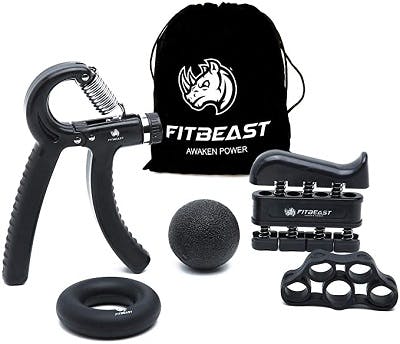
Usually, functional grip strength is an indicator of overall health. Therefore, it’s important for individuals who struggle with grip to find ways to strengthen it. Grip trainers are a great way to improve, build, and restore strength.
Shop grip trainers on Amazon »
12. Cuff Weights
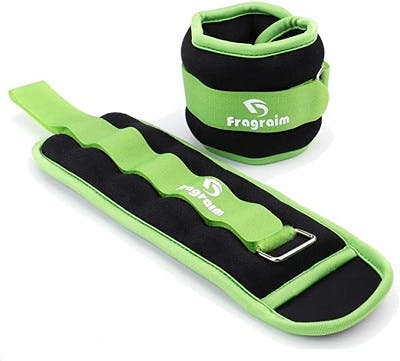
Adjustable cuff weights can be attached to your ankles or wrists and help build strength. They offer incremental resistance that you can use to increase the level of difficulty in your exercises. Even one pound of extra resistance can make a difference. Be sure to check with your physical therapist before adding extra weight to make sure it’s safe for you.
13. Weighted Medicine Balls
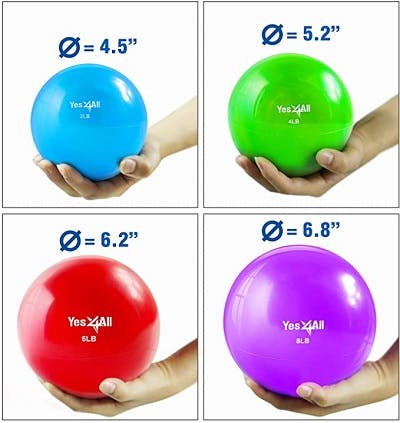
Weighted medicine balls can help improve posture and balance. Exercising on a weighted ball daily can further improve your core strength and muscle tone. Additionally, it can help with blood circulation, sleep quality, and overall mood. Weighted medicine balls come in a variety of sizes but it’s important to find one that your body weight can handle.
Shop weighted medicine balls on Amazon »
14. Dumbbells
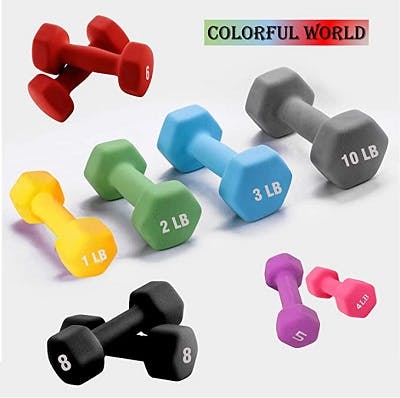
Dumbbells can help strengthen your muscles and perform compound movements that work multiple muscles in your body. How many to buy depends on the weight you want or require. A pair of two dumbbells, for instance, can help you increase resistance for other physical therapy exercises.
15. Flex Bars
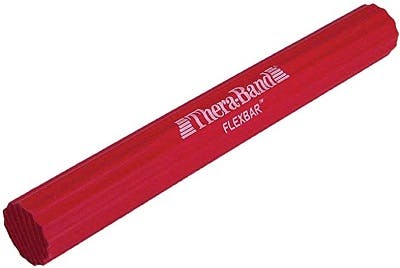
Flex bars are another simple physical therapy tool that offers resistance training for your grip and forearm. They are great for reducing elbow pain and are particularly popular for addressing “tennis elbow.” Be sure to check with your therapist before doing any kind of exercise to help treat pain. They can make sure you are doing appropriate movements.
Shopping for Physical Therapy Equipment
Physical therapy provides many benefits for mobility, and it’s important to keep up with your exercises at home between therapy appointments. Therefore, investing in physical therapy tools can help you keep up with your recovery goals at home.
Physical therapy tools can help you make strides in rehabilitation when used consistently. Try to choose equipment that will make it fun for you to participate in therapy, such as interactive devices like FitMi. Stay focused, stay engaged, and results will come. We hope this article has helped you in your search for physical therapy equipment.
The post Physical Therapy Tools: How to Find the Right Equipment appeared first on Flint Rehab.



